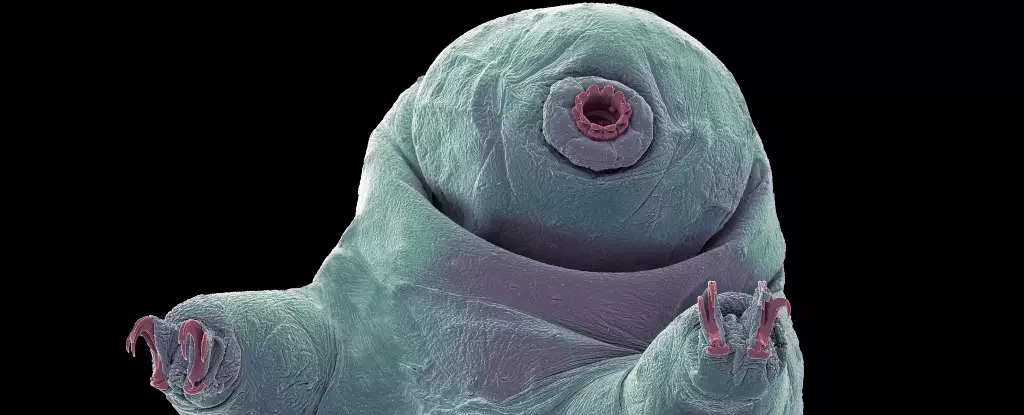The exploration of space has fascinated humanity for centuries, but as we set our sights on distant planets and moons, a critical question looms large: how can humans survive in the harsh void of space and the extreme environments of extraterrestrial bodies? This pivotal challenge was a prominent theme at the recently held 2025 Lunar and Planetary Science Conference in The Woodlands, Texas. Researchers gathered not only to discuss bold mission proposals but also to present groundbreaking studies that could significantly inform future exploration.
Among the most intriguing presentations was a thought-provoking study focused on tardigrades, colloquially known as “water bears.” Conducted by Isadora Arantes, a NASA ambassador and astronaut candidate, alongside Geancarlo Zanatta, an Associate Professor at the Federal University of Rio Grande do Sul, their research delves into the resilience of these microscopically small extremophiles. The study highlighted how studying these creatures can provide insights into the possibilities of life beyond Earth and enhance our survival capabilities as we venture into the cosmos.
Tardigrades: Nature’s Survivors
Tardigrades have garnered attention in the scientific community due to their remarkable ability to withstand extreme environmental conditions. These minuscule beings can survive temperature extremes ranging from nearly absolute zero to scorching heat well above boiling. They endure pressures more than a thousand times greater than what humans experience at sea level, dehydration, and even intense radiation exposure. This resilience positions them as essential models in astrobiology, spurring questions about the potential for life in environments that were once deemed uninhabitable.
The study presented by Arantes and Zanatta underscores the significance of specific proteins, particularly Dsup (Damage Suppressor), which appear to be pivotal for the tardigrades’ extraordinary capacities. Dsup protein shields genetic material from the detrimental effects of radiation, effectively reducing the occurrence of double-strand breaks in DNA. By employing advanced molecular dynamics simulations through Gromacs software, they demonstrated the protective mechanisms of this protein, shedding light on how life could adapt and thrive in extreme extraterrestrial surroundings.
The Extraterrestrial Application of Extremophiles
The implications of this research extend well beyond academic curiosity. The potential for tardigrade studies to inform our understanding of survival in environments such as Mars, Europa, and Titan is profound. Mars’ harsh, radiation-rich environment and episodic water availability mirror challenges faced by tardigrades, while the icy moons’ subsurface oceans present their unique sets of conditions. The researchers posited that findings from their studies could pave the way for understanding what kind of life might exist in these extreme environments, ultimately guiding our search for extraterrestrial organisms.
Equally significant are the biotechnological applications stemming from this research. As humankind faces escalating challenges related to climate change and radiation exposure, the insights gleaned from tardigrade adaptation can facilitate breakthroughs in biotechnology. Enhancing crops to withstand extreme climates or developing human cells with improved resistance to radiation offers the potential not only to sustain life on Earth but also to prepare us for life in extraterrestrial habitats. The adaptability of tardigrades symbolizes a triumphant spirit that mirrors humanity’s pursuit of progress and survival.
Path Ahead: The Need for Integrated Research
Arantes and Zanatta emphasized the critical need for ongoing research integrating computational modeling with experimental approaches to unravel the complexities behind extremophile survival mechanisms. As scientific inquiry into tardigrades evolves, new methodologies could unlock additional layers of resilience, not only broadening our understanding of potential alien life but potentially providing tools to navigate and thrive in the future’s challenges on our own planet.
The perseverance of tardigrades offers a poignant reminder that resilience is part of life’s fabric, whether on Earth or beyond. As we continue to explore the stars, the insights derived from these extraordinary organisms may provide the keys to our survival, adaptability, and, ultimately, our legacy as a space-faring civilization. As we venture into unknown realms, let us embrace the lessons learned from these tiny survivors, understanding that resilience is the cornerstone of exploration and innovation.

